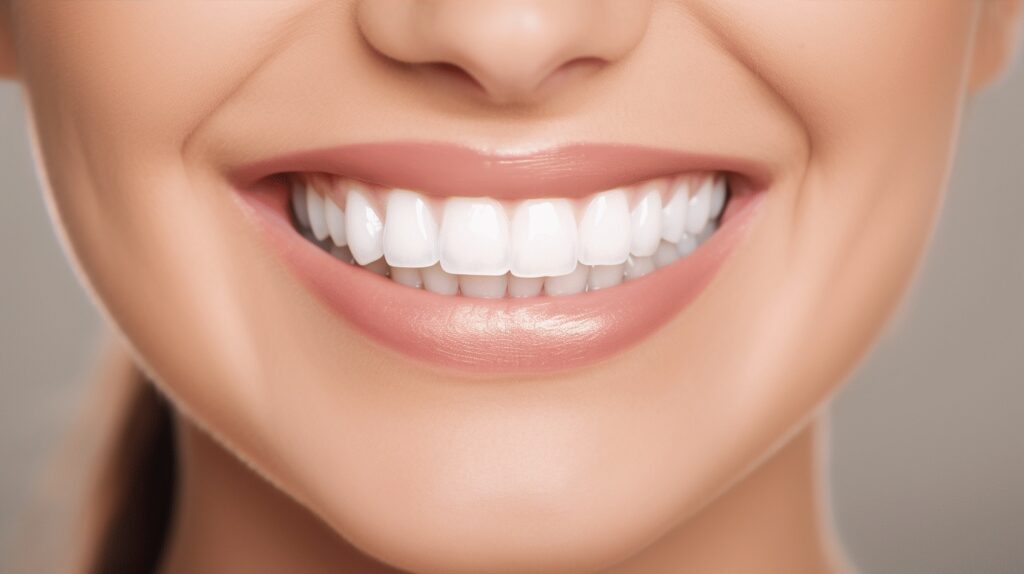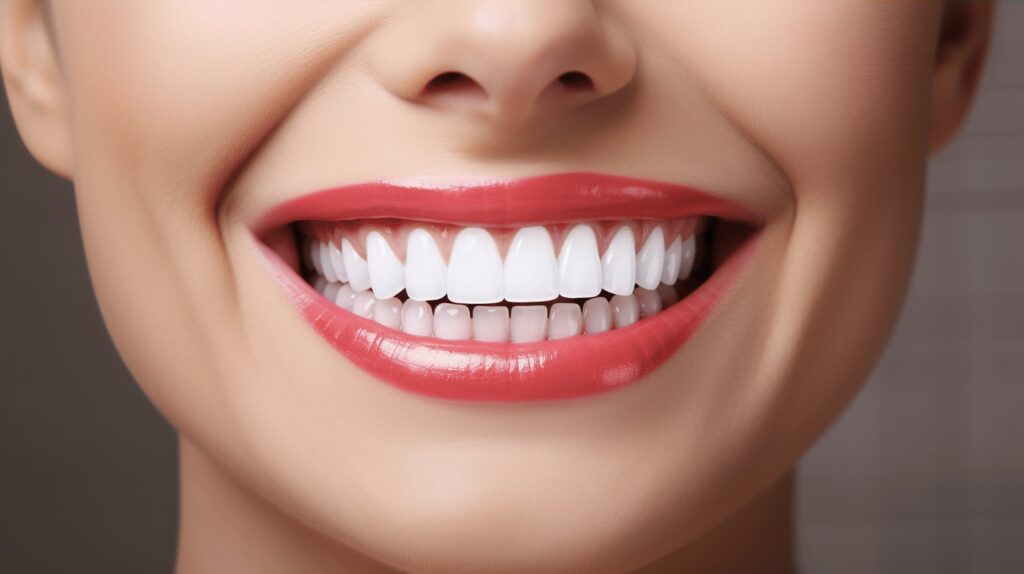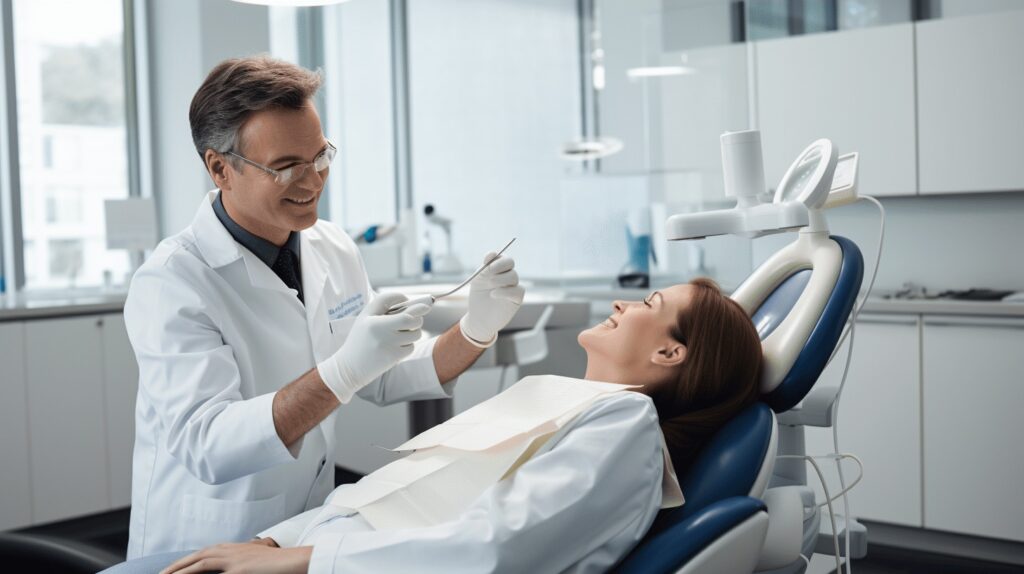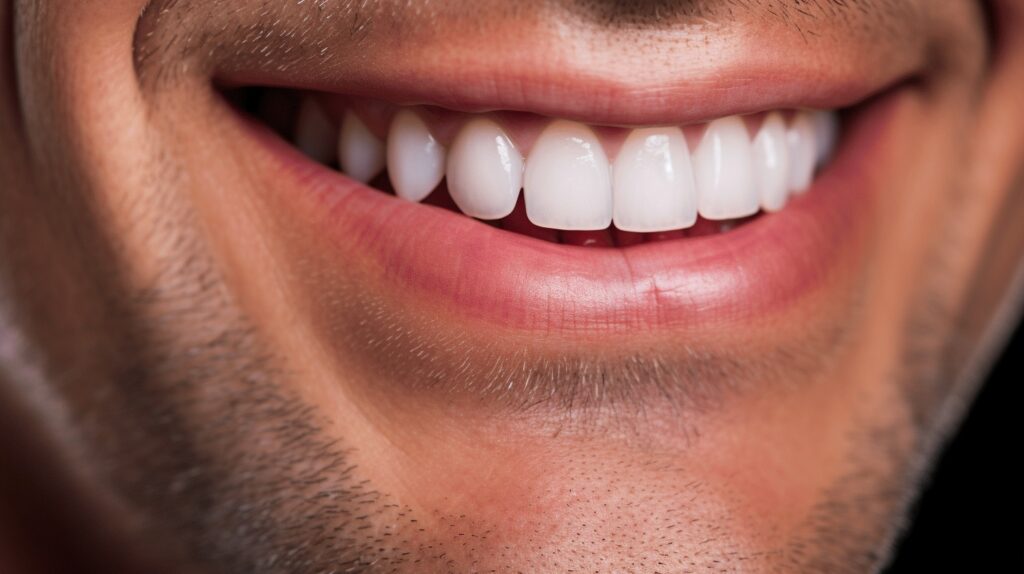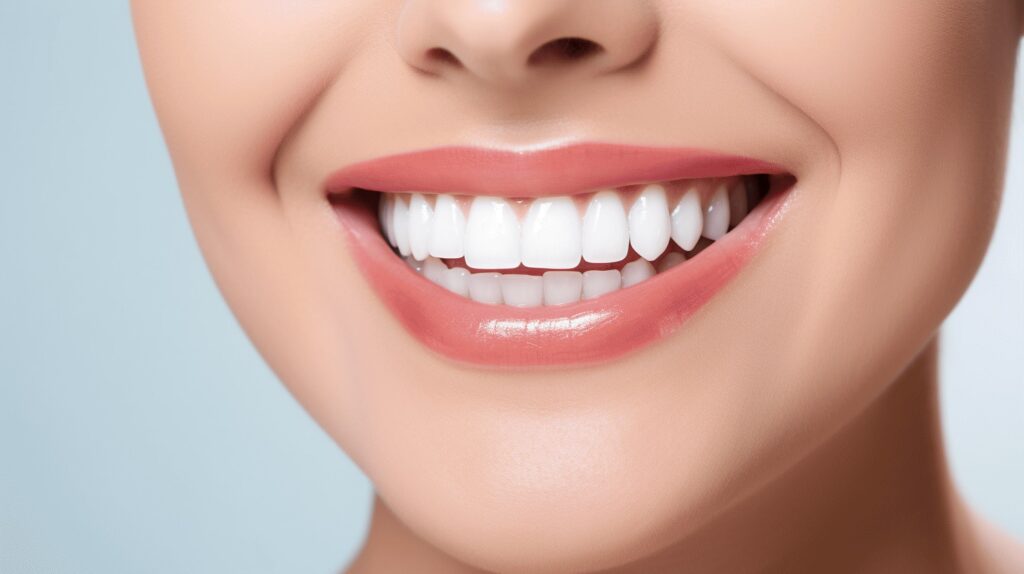Fascinating, isn’t it, how a simple smile can be an instant mood lifter?
Indeed, that’s the power of healthy teeth and gums! But is it enough to just flash those pearly whites, or is there a secret weapon behind maintaining their sparkle?
Welcome, friends, to our enlightening discussion on preventative dentistry. This fascinating field focuses not on the treatment, but on the prevention of oral health issues.
By maintaining an effective dental care routine and prioritizing regular dental check-ups, one can avoid the inconvenience and discomfort of dental diseases. Ironically, while prevention is undoubtedly better and cheaper than cure, many are unaware or overlook its importance.
In this article, we’ll delve deep into the essential practices of preventative dentistry and their profound impact on oral health.
We’ll examine the state of oral health today, discuss the implications of untreated dental issues, and present the case for preventative care as the key to a healthier smile.
Brace yourself as we journey into the fascinating world of preventative dentistry and its potential to transform your oral health. Remember, a brighter smile is just a read away!
😃 Let’s dive in, shall we?
Table of Contents
Current Scenario of Oral Health
In today’s context, oral health bears significant relevance, especially considering the unprecedented circumstances we’ve been facing in recent times.
It’s crucial for us to stop for a moment and take a deeper look at the current state of oral health, putting major impetus on children’s dental examinations, untreated dental caries in children and adults, untreated dental cavities, followed by a critical situation – the provision of oral healthcare during the raging Covid-19 pandemic.
Let’s delve deeper into these areas to get a comprehensive understanding.
Child Dental Examination Decrease
Once upon a time, children rushing to the dentist for regular checkups was a familiar sight. However, sadly, this scene doesn’t hold consistently true anymore. Statistics speak for themselves- a dropping figure from 83.8% in 2019 to 80.9% among children aged 1-17 years having dental examination or cleaning. Unfortunately, the decreasing rate of dental assessments in children indicates a growing propensity to neglect pediatric dental hygiene.
Untreated Dental Caries in Children & Adults
Here’s another stunning figure that demands our attention – the instance of untreated dental caries. It’s unsettling to know that 13.2% of children aged between 5-19 years old have untreated dental caries, as per 2015-2018 records. We don’t stop at children. Even among adults, specifically between 20-44 years, a whopping 25.9% live with untreated dental caries. We need to take a moment to let that sink in!
Untreated Dental Cavities
In tandem with the previous point, we witness an alarming 26% of US adults having untreated dental cavities. This figure signifies more than 1 in 4 US adults! Tooth decay, if left untreated, not only disrupts the aesthetic appeal but also causes infections, severe pain leading to multiple dental problems.
Oral Healthcare during Covid-19 Pandemic
The Covid-19 pandemic has seen standard protocols shift drastically, and dental healthcare is no exception. As per Delta Dental Research, there has been a significant decrease in the provision of oral health care during this period. The sudden switch to precautionary measures has created a considerable gap in many people’s dental hygiene routines, emphasizing the Role of Preventative Dentistry even more.
We present these facts not to scare, but to awaken the complacent. Oral health must never take a back seat and more so during these times. Let’s prioritize our oral health and safety against treatments and unnecessary interventions. Start early, take it seriously, and stay consistent in maintaining radiant smiles! 😃
Preventative Dentistry Practices and Its Effects
Picture this, you’re enjoying a beautiful and sunny day, biting into an apple without any discomfort.🌞🍏 This scene isn’t as idyllic as it seems, nor as easy to maintain. The bliss of pain-free chewing is the result of consistent dental hygiene practices, like those described in Preventative Dentistry Techniques.
Investing one’s time and resources in preventative dentistry practices brings significant benefits, ensuring a lifetime of virtually trouble-free oral health, fresh breath, and an ever-youthful smile.😄
Prevention Cost vs Restorative and Emergency Treatments
From a monetary standpoint, investing in preventative dentistry practices is an economically sound decision. Statistics indicate that every dollar spent on preventative dental care ultimately saves you from $8 to $50 on restorative and emergency treatments. It’s crystal clear; your bank account will thank you for choosing prevention over cure!💲
The Role of Regular Dental Check-Ups
Regular dental check-ups play a pivotal role in maintaining oral health. They aren’t just routine appointments, but preventive measures to keep decay, infections, and diseases at bay. By spotting potential issues early, they nip problematic “buds” before they can bloom into full-blown dental disasters. Moreover, they provide an opportunity for a professional to provide personalized advice on improving your oral hygiene routine. So, keep that appointment-after all, an ounce of prevention is worth a pound of cure!👩⚕️
Efficacy of Antiseptic Mouthwash
Pull out your antiseptic mouthwash because it’s about to become your new best friend! Antiseptic mouthwash is found to be 4.6 times more effective than flossing in preventing dental hygiene issues and infection. It acts as a reassuring second line of defense, washing away lingering bacteria and germs that brushing might have missed. So, don’t forget to include the mouthwash regimen in your dental hygiene routine for that extra sparkle and freshness.💫
Proactive and regular maintenance is the name of the game in dentistry. By focusing on the above preventative dentistry techniques, you can keep your teeth strong, your breath fresh, and your smile brighter than ever. Just remember, the secret lays in consistency and not letting things slide. After all, your smile is worth it, isn’t it?😉
The Impact of Preventive Dentistry
Before we delve into the nitty-gritty aspects of preventive dentistry, let’s bring you up to speed on what it implies. Ever heard the adage, “Prevention is better than cure”? Well, preventive dentistry is the oral-health version of this time-honored wisdom. It focuses on the practice of caring for your teeth to keep them healthy, thus thwarting the onset of cavities, gum diseases, enamel wear, and other dental problems. 🦷👍 Let’s explore how preventive dentistry plays a crucial role in maintaining overall oral health.
Improved Oral Health
In the grand canvas of oral health, preventive dentistry shares a symbiotic relationship with improved oral hygiene.
Regular dental checkups, teeth cleanings, and dental home care are paramount to maintaining sound dental health. Some of the benefits are:
- Early detection of dental problems
- Prevention of gum diseases
- Reduction in dental costs via early treatment
As the saying goes, a little prevention today can chorus into hale and hearty smiles tomorrow.
Reducing Tooth Decay
Here’s a fun fact – we are all in pursuit of achieving Healthy People 2030’s vision to reduce tooth decay and oral health concerns. This initiative is especially significant as tooth decay has been coined as one of the commonest chronic diseases across the globe. 🌎 By embracing preventive measures like daily brushing and flossing, and occasional fluoride treatment, we can put a brake on the rampant tooth decay rates, and align with the vision to foster a societal revolution in oral health. 🦷🏥
Periodontal Diseases
Did you know that almost 65 million American adults suffer from some form of periodontal disease? And the root cause? Negligence in oral hygiene which gives an open invitation to plaque and tartar. Regular dental checkups can cut the chase to treat gum diseases effectively and expeditiously. And as we all know, healthy gums are the stepping stone to an overall healthy mouth.
Untreated Tooth Decay in Third-graders
Let’s talk numbers. According to stats, about 69% of third-grade children have had some experience with tooth decay and a whopping 39% have untreated tooth decay. The juggernaut of oral diseases in children reflects the crying need for preventative dentistry. It’s a call for all of us to instil and encourage better oral hygiene habits in children.
Through our campaign towards adopting preventive measures, here’s hoping we gift our younger generation a world with fewer oral health issues. Remember, it’s not just about the diet, it’s also about a regimen of oral care as detailed in this Diet and Preventative Dentistry article.
Together, let’s make the world smile a little brighter, and a lot healthier! 😊
Oral Health Care Planning
Oral health is an essential but often overlooked aspect of overall wellness. Many of us have that little tension creeping in at the mere thought of dental appointments. Fears can range from the whirring drills to the winching pain of tooth extraction—the list is endless! But there’s good news. With advanced technology and gentle care, dental visits need not be a cause for concern.
Face it – tooth or not, we got to visit our dentists periodically. More so, when your oral health is at stake. And the truth remains – regular dental check-ups are crucial to maintain good oral health.
Dentist Visit Plans
Dental visits are sort of health routine. Planned visits vary individually, factoring in our oral health status, dental histories, and risk factors for oral diseases. Notably, about 75% of American adults plan to visit a dentist within the coming year. It’s often a part of our health resolutions. So, how often should we schedule dental visits, you may ask?
A semi-annual dental visit is typically recommended, entailing a thorough check-up and professional cleaning. Plus, it presents the chance to identify any budding oral issues early on. Nevertheless, regularity might increase depending on your oral health condition, like a history of gum diseases, diabetes, or ongoing orthodontic treatments.
Here’s what usually happens in a typical dental visit:
- Professional Cleaning: A hygienist uses tools to remove tartar, followed by teeth polishing and possibly, flossing.
- Comprehensive Examination: Your dentist checks for signs of cavities, gum disease, mouth cancer, and other oral health problems.
- X-ray Checks: Occasionally, X-rays are done to diagnose issues otherwise unnoticed, like damage to jawbones, impacted teeth, abscesses, or decay between teeth.
Children Dental Visit Stats
When it comes to kids, dental health and visits are vital. The American Academy of Pediatric Dentistry suggests a dental visit within six months from when a baby’s first tooth appears. However, stats demonstrate children under 6 are 1.7 times less likely to have preventive dental visits than the older ones between 6 to 17.5 years old.
Setting up a regular dentist visit habit from an early age helps kids understand the importance of good oral hygiene. Plus, it helps catch early signs of dental issues.
Interestingly, over 90% of American adults between the ages of 20 and 64 had visited the dentist in the past year. It’s something to cheer about, indicating growing awareness of oral health.
But how do we maintain a healthy tooth-filled grin between dental visits? By brushing twice a day, flossing regularly, and adopting a balanced diet. Yes, gone are the days when only brushing your teeth made the cut. It’s more than that.
To know more about how to maintain good oral health, look no further. Keeping your pearly whites and gums healthy just got simpler!
Preparing for your dental visits should never be stressful. With a plan in place, you can work towards improving your oral health successfully and, dare we say, eagerly look forward to your next dentist appointment! 😁
Recent Dental Research Outcomes
Devoted to the cause of providing comprehensive dental health and achieving brilliant smiles, it’s essential to stay abreast with the ever-evolving dental research findings and advancements. With better knowledge about dental concerns, refined tools, and upgraded technology, we aim to reshape dental practices and services. Let’s delve into the depth of recent dental research outcomes.
The field of dentistry is massive and continually growing, just like the healthy, radiant smiles we aim to preserve and create for our patients. To get a step ahead of potential dental issues and provide effective preventive measures, we rely heavily on extensive, reliable dental research.
ADA Research
The American Dental Association (ADA) has been a keystone in dental research and has played an instrumental role in the evolution of dental practices globally. Thus, to give you an insight into our preventive dentistry decision-making process, we blend into our practices the latest data provided by ADA research.
The ADA does an exceptional job in conducting dental research by:
- Gathering data from authentic and diverse sources.
- Investigating various aspects of common dental diseases.
- Identifying effective treatments, resources, and methodologies.
- Innovating dental techniques to optimize oral care.
“The ADA provides relevant research data that shapes our preventive dentistry strategy.”
By assimilating the ADA’s research findings, we not only shape current practices but also predict future trends and prevent potential oral issues. What could be better for our dear patients?
Let’s not forget that the path to achieving a healthy smile involves being knowledgeable about every facet of oral health. Therefore, we always strive to keep you updated with the latest dental research outcomes and how they impact your oral health.
Now, when you visit us next, you’ll find yourself on the receiving end of not merely a dental treatment but a comprehensive, data-driven health service that evolves with time. Together we’ll ensure your oral health is nothing short of excellent. After all, nothing should stop us from wearing our best smile! 😀
Conclusion
Maintaining a healthy, vibrant smile isn’t a one-time event; it’s both an investment and a commitment to a lifelong process of preventative dentistry practices. With the increased prevalence of oral health issues such as tooth decay and periodontal diseases, there’s no better time than now to refocus and commit to improving our oral health habits. A key factor to keep in mind is that early detection and early intervention are invaluable for the well-being of our teeth.
So why wait for a toothache or a gum issue to knock on your door? Make your move towards a healthier smile today with Wilshire Smile Studio, your trusted partner in preventative dentistry. Our experienced team of professionals uses the latest technology and personalized care to guide you on your journey towards achieving that perfect smile.
From regular dental checkups to delicate dental treatments, we’ve got you covered. Because we at Wilshire Smile Studio believe that everyone deserves a beautiful smile that lasts a lifetime.
In essence, the success of your oral health lies in your hands, or in this case, your mouth. So, let’s embrace the journey towards a healthier, brighter smile together! 👄
Remember, a healthy mouth goes far beyond a beautiful smile – It’s the gateway to overall health.
Reach out today by booking a free appointment or calling 323-DENTIST (323-336-8478) and step into the world of comprehensive, personalized, and affordable dental care.
Frequently Asked Questions
1. What is preventative dentistry?
Preventative dentistry involves taking proactive measures to prevent oral health issues before they occur. It includes regular dental check-ups, dental cleanings, fluoride treatments, dental sealants, and practicing good oral hygiene habits.
2. Why is preventative dentistry important?
Preventative dentistry is important because it helps maintain good oral health, prevents tooth decay, gum diseases, and other oral health problems. It also helps save money on expensive dental treatments in the long run.
3. What are some common preventative dentistry practices?
Common preventative dentistry practices include brushing your teeth twice a day with a fluoride toothpaste, flossing daily, avoiding tobacco products, limiting sugary foods and drinks, and scheduling regular dental check-ups and cleanings.
4. At what age should children start practicing preventative dentistry?
Children should start practicing preventative dentistry as soon as the first tooth erupts. Parents should clean their baby’s gums with a soft cloth and later introduce a toothbrush for brushing. Regular dental visits should start by the age of one.
5. Can preventative dentistry help prevent gum diseases?
Yes, preventative dentistry plays a crucial role in preventing gum diseases. Regular dental cleanings remove plaque and tartar buildup, which are major contributors to gum diseases. Good oral hygiene habits also help prevent gum problems.


